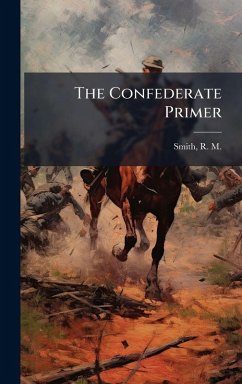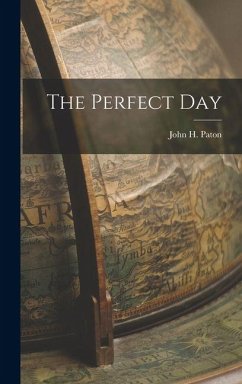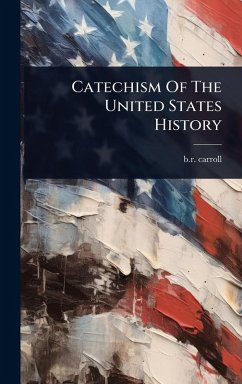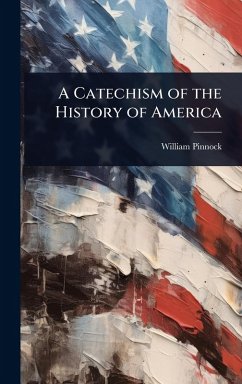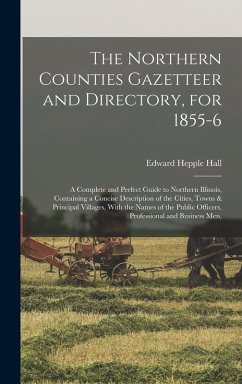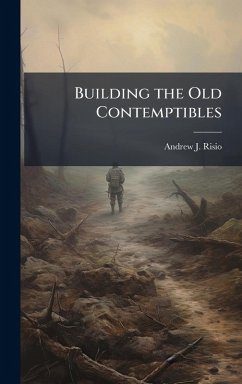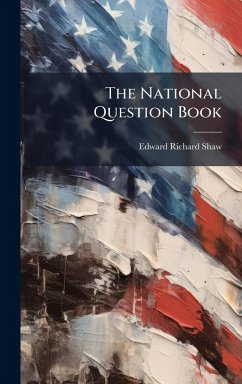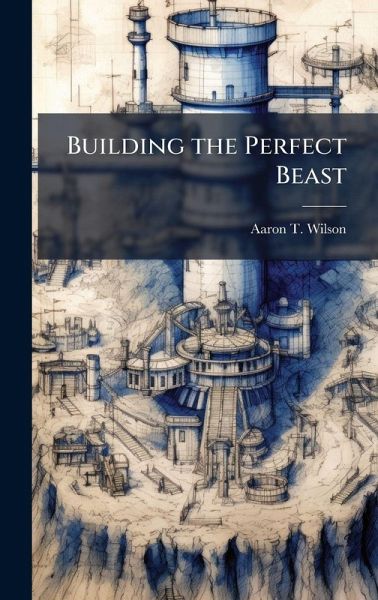
Building the Perfect Beast
Versandkostenfrei!
Versandfertig in über 4 Wochen
25,99 €
inkl. MwSt.
Weitere Ausgaben:

PAYBACK Punkte
13 °P sammeln!
The research focuses on the relevance and consistency of training programs for USAF targeting personnel, and asks how effective is the training in light of recent operations such as Enduring Freedom and Iraqi Freedom. The author interviewed targeting personnel involved in these operations in order to collect observations and reflections of their own training in preparing them to support the Air Operations Center. Research data is also drawn from the US Central Command Air Forces (USCENTAF) Lessons Learned document as well as other academic studies on Air Force intelligence manning. The primary...
The research focuses on the relevance and consistency of training programs for USAF targeting personnel, and asks how effective is the training in light of recent operations such as Enduring Freedom and Iraqi Freedom. The author interviewed targeting personnel involved in these operations in order to collect observations and reflections of their own training in preparing them to support the Air Operations Center. Research data is also drawn from the US Central Command Air Forces (USCENTAF) Lessons Learned document as well as other academic studies on Air Force intelligence manning. The primary instrument of training USAF targeteers is the USAF Combat Targeting Course taught at Goodfellow AFB, TX. However, the research also reveals factors external to the CTC which affect the proficiency of targeting skills across the USAF. The data is presented in a contrasting method to highlight specific deficiencies in initial qualification training of USAF targeteers. The paper then examines solutions to resolve the identified shortfalls. The most radical of these is a recommendation to relocate the CTC to Nellis AFB in order to take advantage of infrastructure such as Combined AOC - Nellis (CAOC-N) as well as the core expertise available through the various Weapons Schools. This work has been selected by scholars as being culturally important, and is part of the knowledge base of civilization as we know it. This work was reproduced from the original artifact, and remains as true to the original work as possible. Therefore, you will see the original copyright references, library stamps (as most of these works have been housed in our most important libraries around the world), and other notations in the work. This work is in the public domain in the United States of America, and possibly other nations. Within the United States, you may freely copy and distribute this work, as no entity (individual or corporate) has a copyright on the body of the work. As a reproduction of a historical artifact, this work may contain missing or blurred pages, poor pictures, errant marks, etc. Scholars believe, and we concur, that this work is important enough to be preserved, reproduced, and made generally available to the public. We appreciate your support of the preservation process, and thank you for being an important part of keeping this knowledge alive and relevant.



